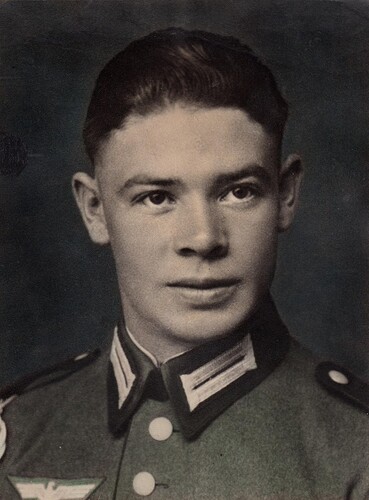Yesterday marked the 64th anniversary of the start of the Warsaw Rising of 1944, the biggest operation organised and executed by a partisan organisation in WWII.
In the Uprising, lasting 63 days, 18,000 insurgents were killed and 25,000 wounded. Losses among the civilians amounted to 180,000 people. Much of the capital was razed to the ground and left in ruins.
The battle began on August 1, 1944, as part of a nation-wide rebellion, Operation Tempest. and was intended to last for only a few days until the Soviet Army reached the city and assisted in liberating it. But while the Soviet advance stopped short on the eastern side of the Vistula River, the Polish resistance against Nazi forces continued for over two months, only to finish in defeat on October 2.
For 63 days the insurgents conducted an uneven and heroic battle, the aim of which was an independent Poland, free from both Nazi occupation and Soviet domination. The huge losses borne by the Poles in the uprising make, even today, the events of the Warsaw Rising of 1944 a hotly debated event.
Many involved in the uprising felt it important to liberate Warsaw before the Red Army arrived, so as to stress Polish sovereignty. On August 1, 1944 some 40 to 50,000 insurgents started their heroic struggle, poorly armed with only one in four carrying a gun. By mid-September 1944 Soviet forces had reached a point a few hundred metres from the city, across the Vistula River, but they made no further headway during the Uprising. Many historians accuse Stalin of letting the Nazis crush the Polish forces before entering Warsaw, so making the domination of Poland easier for the Soviets.
Hearing about the outbreak of the insurrection in Warsaw SS chief Heinrich Himmler gave instructions “that every inhabitant should be killed” and that Warsaw should “be razed to the ground” as an example to the rest of Europe under German occupation. And so tens of thousands of defenceless civilians were slaughtered week after week. One by one, the city’s districts were destroyed as Soviet troops watched from across the river. Poland’s Western allies expressed regret, but decided that they cannot do anything.
After eventual capitulation of the uprising 500,000 people were expelled from the city, which itself was reduced to a pile of rubble.The Warsaw Uprising was probably the largest single operation organised and executed by any partisan organisation in WWII. As an attempt to achieve its goals, the uprising was a terrible failure, but it was also a remarkable success in showing the courage and the dedication of the Polish nation. (jm)



